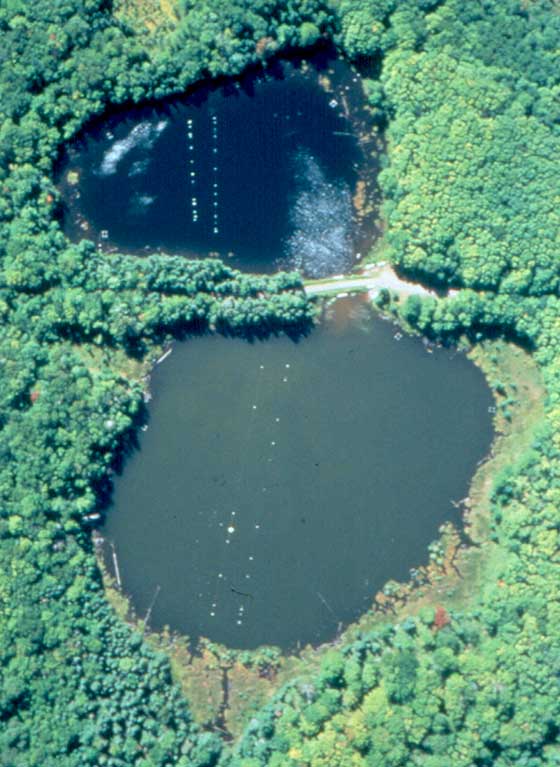Knowing limitations
What are the abrupt changes in ecosystems? Let's take a look at the desertification of pastures.
Imagine that you are raising cattle. If you increase the number of cows, the amount of grass eaten by cows will increase, which will change the state of the field. The grass will decrease and grow shorter.
Researchers studying lakes observed the process of clear water becoming murky to determine the threshold of nutrients (the cause of algae) a lake can accommodate before the amount of algae prevents the water from returning to its original state.
At first, the lake ecosystem could maintain resilience, which prevented the propagation of algae and sustained the original ecosystem even with nutrients flowing into it. After the amount of nutrients exceeded the threshold, it rapidly changed and could not return to its original state. Their observations found that the changes prevented nature from recovering.











